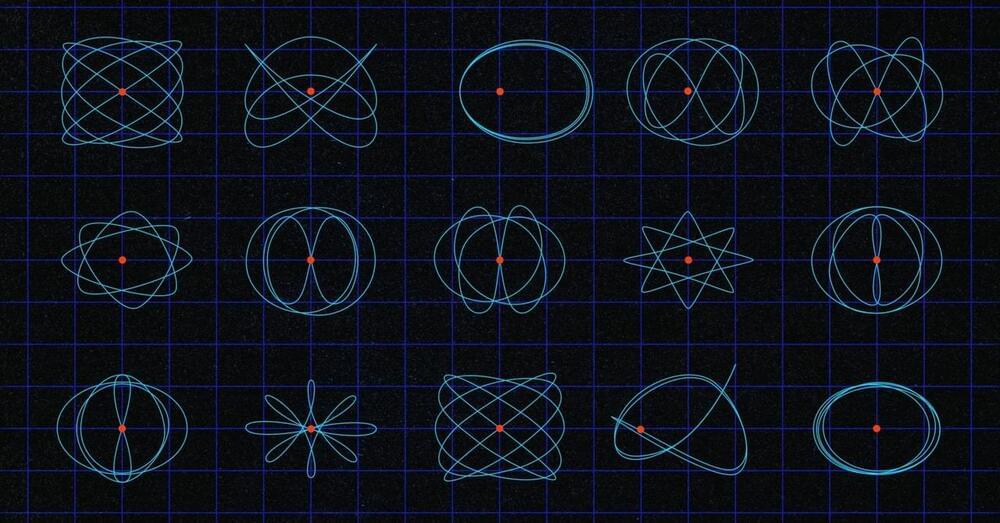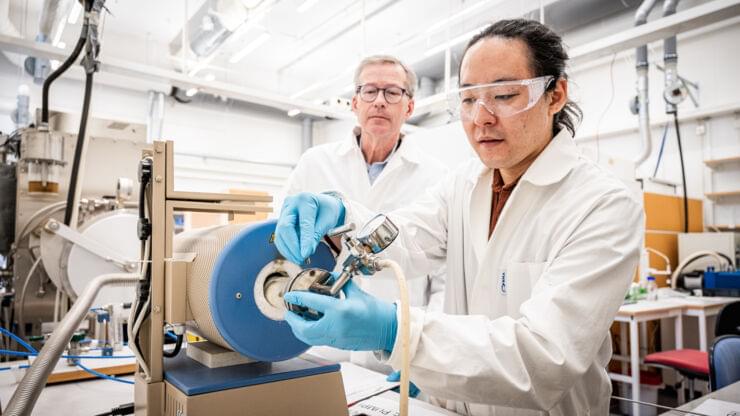Engineers at Princeton and North Carolina State University have combined ancient paper-folding and modern materials science to create a soft robot that bends and twists through mazes with ease.
Get the latest international news and world events from around the world.
Consciousness, Creativity, and Godlike AI
American writer Meghan O’Gieblyn on when the mind is alive.



Sam Altman Says AI Will Be Like a Super Smart Person Who “Knows Absolutely Everything” About Your Life
The AI of the future won’t just be a chatbot — it’ll be, according to OpenAI CEO Sam Altman, outfitted with incredibly detailed information about its users.
In an interview with the MIT Technology Review, Altman suggested that AI should be working for its users harder than even the hardest-working human executive assistant, and would know absolutely everything about whoever is using it.
Speaking to the magazine between a series of events at Harvard, which were hosted in part by the venture capital firm Xfund, the OpenAI cofounder said that the best use of AI would be a “super-competent colleague that knows absolutely everything about my whole life, every email, every conversation I’ve ever had, but doesn’t feel like an extension.”



An Old Abstract Field of Math Is Unlocking the Deep Complexity of Spacecraft Orbits
The original version of this story appeared in Quanta Magazine.
In October, a Falcon Heavy rocket is scheduled to launch from Cape Canaveral in Florida, carrying NASA’s Europa Clipper mission. The $5 billion mission is designed to find out if Europa, Jupiter’s fourth-largest moon, can support life. But because Europa is constantly bombarded by intense radiation created by Jupiter’s magnetic field, the Clipper spacecraft can’t orbit the moon itself. Instead, it will slide into an eccentric orbit around Jupiter and gather data by repeatedly swinging by Europa—53 times in total—before retreating from the worst of the radiation. Every time the spacecraft rounds Jupiter, its path will be slightly different, ensuring that it can take pictures and gather data from Europa’s poles to its equator.
To plan convoluted tours like this one, trajectory planners use computer models that meticulously calculate the trajectory one step at a time. The planning takes hundreds of mission requirements into account, and it’s bolstered by decades of mathematical research into orbits and how to join them into complicated tours. Mathematicians are now developing tools which they hope can be used to create a more systematic understanding of how orbits relate to one another.

New Inflammatory Bowel Disease Testing Protocol could Speed up Diagnosis
Serial home tests would reduce unnecessary colonoscopy testing. Patients with suspected inflammatory bowel disease (IBD) could benefit from better testing protocols that would reduce the need and lengthy wait for potentially unnecessary colonoscopies, a new study has found.
In a paper published in Frontline Gastroenterology, researchers from the Birmingham NIHR Biomedical Research Centre (BRC) at the University of Birmingham tested a new protocol to improve IBD diagnosis combining clinical history with multiple home stool tests.
In the two-year study involving 767 participants, patients were triaged and had repeated faecal calprotectin (FCP) tests and the research team found that the use of serial FCP tests were able to strongly predict possible IBD as well as Crohn’s Disease and Ulcerative Colitis.

A Single Atom Layer of Gold: Researchers Create Goldene
For the first time, scientists have managed to create sheets of gold only a single atom layer thick. The material has been termed goldene. According to researchers from Linköping University, Sweden, this has given the gold new properties that can make it suitable for use in applications such as carbon dioxide conversion, hydrogen production, and production of value-added chemicals. Their findings are published in the journal Nature Synthesis.
Scientists have long tried to make single-atom-thick sheets of gold but failed because the metal’s tendency to lump together. But researchers from Linköping University have now succeeded thanks to a hundred-year-old method used by Japanese smiths.
“If you make a material extremely thin, something extraordinary happens — as with graphene. The same thing happens with gold. As you know, gold is usually a metal, but if single-atom-layer thick, the gold can become a semiconductor instead,” says Shun Kashiwaya, researcher at the Materials Design Division at Linköping University.